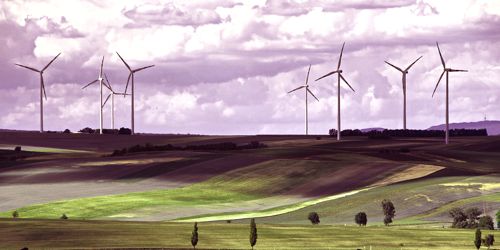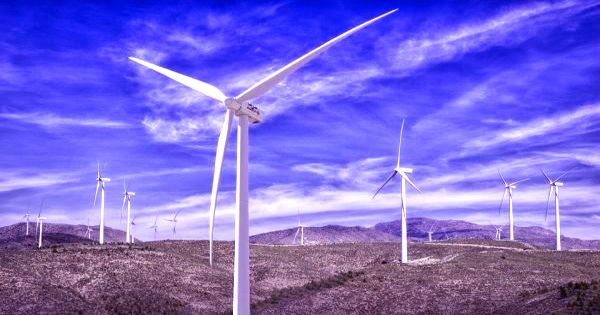Global change is now impacting areas all over the globe. The effect of climate change on renewables is a growing area of study. Investigate the effect of temperature on solar and wind power generation in Australia. As the atmosphere of the earth is shifting, as demonstrated by hot summers and extreme weather events, many researchers are searching for more renewable energy options, such as solar and wind farms.
Study on the effect of climate change on renewable energy is becoming increasingly important due to the instability of the industry and the ongoing advancement of methodologies and the availability of evidence. Researchers in the Journal of Green and Sustainable Energy, AIP Publishing, examine whether the power produced by solar and wind turbines will vary between current and future climates.
As the climate of the planet is changing, as evidenced by record-setting hot summers and extreme weather events, many researchers are looking to more renewable energy sources, such as solar and wind farms.
Researchers focused on Australia as an ideal case study in adverse weather incidents, such as forest fires and windstorms. The chosen sites were situated between Adelaide in South Australia and Southern New South Wales, where intermittent renewable generators are located or are expected to be located in the future on the basis of the Australian Electricity Market Operator’s grid program.
The researchers analyzed main environmental variables, such as temperature, surface solar irradiance, and wind direction, at 30-minute intervals between 1980 and 2060. Climate change, which will theoretically have the most important effect on renewables, is anticipated in the coastal and neighboring regions of Croatia during the summer, where the average wind speed is estimated to rise by 20 percent for the first time and by more than 50 percent by 2070.
“We found that the general temporal trends in annual solar and wind power generation due to climate change are small, being at the order of 0.1% of its average production per decade,” said Jing Huang, one of the authors.

All sources of energy have an effect on our climate. Fossil fuels—coal, oil, and natural gas—do far more harm than green energy sources by certain metrics, including air and water emissions, disruption to environmental health, destruction of habitats and habitat, water consumption, land use, and global warming. However, renewable energies such as wind, solar, geothermal, biomass, and hydropower also have major environmental impacts.
However, during the five hottest days of each year, the effect of climate change on renewable energy production has become more severe. On these high weather days, which coincided with peak electricity consumption and peak costs, solar power output decreased by 0.5 per cent-1.1 percent and wind farm production decreased by 1.6 per cent-3 percent per decade.
Test results are intended to notify the energy industry of the efficiency of integrated power grids under varying temperature conditions. Central power operators, for example, need to compensate for these contingencies to prevent power blackouts.
Although this analysis looks at two places in Australia, quantifying temperature impacts on renewable energy production may be extended to other areas outside Australia. Estimates of climate change-related uncertainty are required in order to be able to assess the importance of climate change effects on future renewable energy production.
“For different regions, there are different effects of climate change,” Huang said.
He said it would be necessary to undertake further case studies in other areas and climate regions to analyze spatial climate variability and to integrate results with other facets of energy systems, such as loading and transmission networks.















